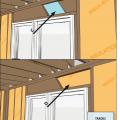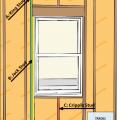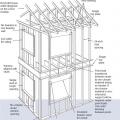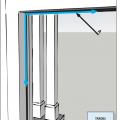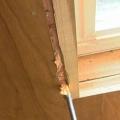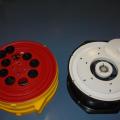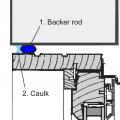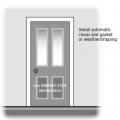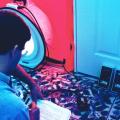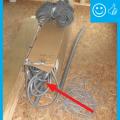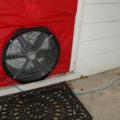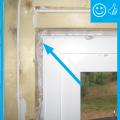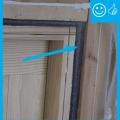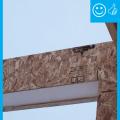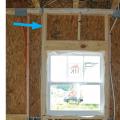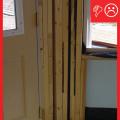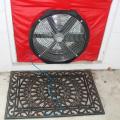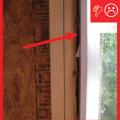Showing results 1 - 33 of 33
A home is tested at two points for enclosure air leakage
Air seal door and window rough openings with backer rod, caulk, or nonexpanding foam
Calibrated blower door fans are used for envelope leakage testing
Closed-cell backer rod is installed for air-sealing window and door rough openings.
Install an ENERGY STAR labeled insulated door with an automatic closer. Weather strip the door frame
Right - Manometers are placed away from the indoor side of the fan during blower door testing
Right – Appropriate use of framing members to support double windows and additional cripples for drywall purposes
Right – Backer-rod is a foam product available in various diameters that can be used to air-seal openings around doors and windows.
Right – The blower door is installed snugly and securely to the door frame during testing
Right – The blower door pressure reference hose is placed well away from the outdoor side of the fan
Right – The rough opening around the window has been filled with low-expansion foam to air seal.
Right – The rough opening around window has been filled with backer-rod to air seal.
Right – Weatherstripping has been installed and remains in contact when the door is closed.
Wrong – Fibrous insulation is not an air barrier and cannot be used to air-seal openings.
Wrong – The blower door is installed improperly with a gap at the corner and along the side of the frame that will allow air leakage and could allow the frame apparatus to become dislodged during testing
Wrong – The blower door pressure reference hose (blue) ends too close to the outdoors side of the fan. Air moving across the end of the hose will affect the pressure reading
Wrong – There is visible light around the door because no weather stripping has been installed.

